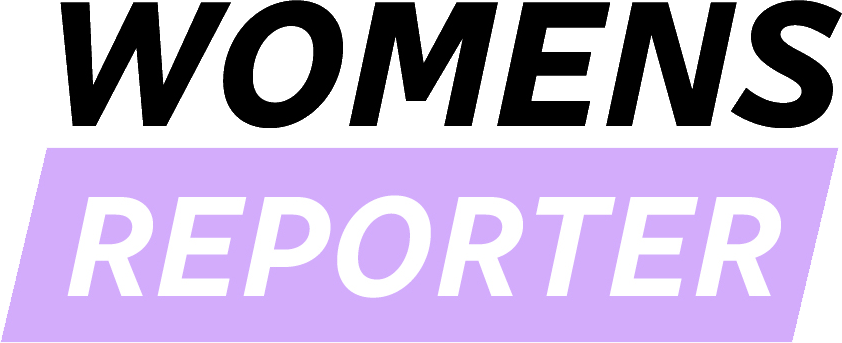As of October 2025, workplace wellness in the United States is entering a profound new era—one that moves beyond token perks like gym reimbursements and free snacks toward a model rooted in holistic, sustainable health. The evolution reflects not only changing employee expectations but also a growing recognition among employers that wellness directly impacts productivity, retention, and long-term corporate success. What once passed as an optional fringe benefit is now viewed as a strategic investment in workforce stability and human performance.
This shift comes amid a global redefinition of what wellness means in daily life. According to the Global Wellness Summit’s latest projections, the wellness economy has reached an estimated value of $6.3 trillion in 2025, driven by innovations in longevity science, digital health tools, and a revival of traditional practices such as sauna therapy, nature immersion, and analog relaxation. The movement signals a turning point: wellness is no longer confined to luxury spas or personal pursuits—it has become a corporate priority, woven into the fabric of workplace culture.
Employers across industries are responding by expanding and rethinking their wellness programs. Instead of offering one-size-fits-all incentives, many companies are integrating mental health resources, preventive medicine, and longevity-based initiatives into their benefits ecosystems. Flexible mental health support, for instance, has become a cornerstone of this new model. On-demand counseling, virtual therapy sessions, and real-time emotional well-being platforms now allow employees to access care without stigma or scheduling barriers.
Beyond mental health, a growing number of organizations are incorporating biometric technology and data analytics to encourage preventive care. Real-time health tracking through wearable devices enables workers to monitor metrics such as stress levels, heart rate variability, and sleep quality. These insights are then paired with digital wellness platforms that provide personalized recommendations for improving overall well-being. Rather than waiting for burnout or illness to strike, companies are proactively identifying early warning signs and guiding employees toward healthier habits.
A significant aspect of this evolution is the increasing emphasis on women’s health and inclusivity in corporate wellness strategies. Historically, workplace wellness programs often failed to account for the distinct physical, emotional, and caregiving challenges faced by women. In 2025, that gap is narrowing. Employers are introducing targeted initiatives that address women’s life-cycle health—from menstrual support and fertility resources to perimenopause education and maternal wellness. Some organizations have even launched “wellness pods,” dedicated spaces or virtual communities where women can share experiences, exchange advice, and access specialized resources tailored to their needs.
This inclusive approach reflects a broader cultural shift in which wellness is not treated as a one-dimensional concept but as a multifaceted commitment to balance and belonging. Companies are learning that creating psychologically safe, empathetic environments pays dividends—not only in morale but also in measurable outcomes like employee retention and reduced absenteeism. For working women in particular, these initiatives can make the difference between burnout and long-term career sustainability.
Another defining feature of the wellness transformation is the merging of digital and analog modalities. The rise of remote and hybrid work during the early 2020s spurred a wave of digital health innovations—from AI-driven wellness platforms to app-based meditation and mindfulness tools. Now, many employees are seeking a counterbalance through what analysts call “analog wellness.” This revival of tactile, sensory experiences—such as nature walks, sauna rituals, cold plunges, or meditation without screens—represents a conscious retreat from digital overload. Companies are incorporating these analog options into wellness retreats, corporate off-sites, and employee benefits programs, recognizing their power to restore focus and creativity.
Regenerative health therapies, another trend identified by the Global Wellness Summit, are also gaining traction in workplace wellness. These practices—ranging from nutritional optimization and personalized supplementation to restorative sleep coaching and cellular rejuvenation treatments—are filtering from luxury clinics into mainstream corporate wellness offerings. The idea is to shift the focus from short-term stress relief to long-term vitality, helping employees sustain high performance while minimizing the toll of chronic stress and sedentary work.
READ ALSO:https://womensreporter.com/kinaesthesis-immersion-retreats-a-pilates-journey-beyond-trends/
Financial and environmental wellness have also entered the conversation. With economic volatility and climate anxiety affecting mental health, forward-looking employers are adopting programs that promote financial literacy, sustainable lifestyle choices, and social purpose. Volunteer days, community partnerships, and environmental initiatives are now seen as extensions of wellness, contributing to a sense of fulfillment and connection that enhances mental resilience.
The transformation is not happening in isolation—it’s being fueled by data. Platforms like Wellable and Corporate Wellness Magazine report that companies investing in comprehensive wellness programs are seeing tangible returns: lower turnover rates, improved engagement scores, and reduced healthcare costs. The correlation between holistic well-being and business performance has become increasingly difficult to ignore.
Perhaps most notably, the wellness movement of 2025 underscores a philosophical shift in the employer-employee relationship. The focus is no longer on offering perks as recruitment bait, but on building a culture that supports human flourishing. As one wellness consultant put it in a recent Corporate Wellness Magazine interview, “The companies that will thrive are the ones that view health as infrastructure—not as an accessory.”
The implications are clear. In an economy defined by automation, remote work, and constant change, human capital remains a company’s most valuable asset. Ensuring that employees are healthy—physically, mentally, and emotionally—is no longer a matter of goodwill; it’s a business imperative.
For many organizations, this means reimagining leadership training, redesigning physical workspaces, and implementing policies that prioritize rest, flexibility, and community. Whether through mindfulness programs, metabolic testing, or flexible work hours, employers are learning that wellness is not an isolated HR initiative—it’s the foundation for resilience, creativity, and sustained success.
The wellness movement of 2025, then, is not about indulgence or trend-following. It is about building systems that nurture people for the long haul. In an era where burnout and disengagement threaten productivity across industries, the companies that lead in holistic well-being are setting the standard for the future of work.
